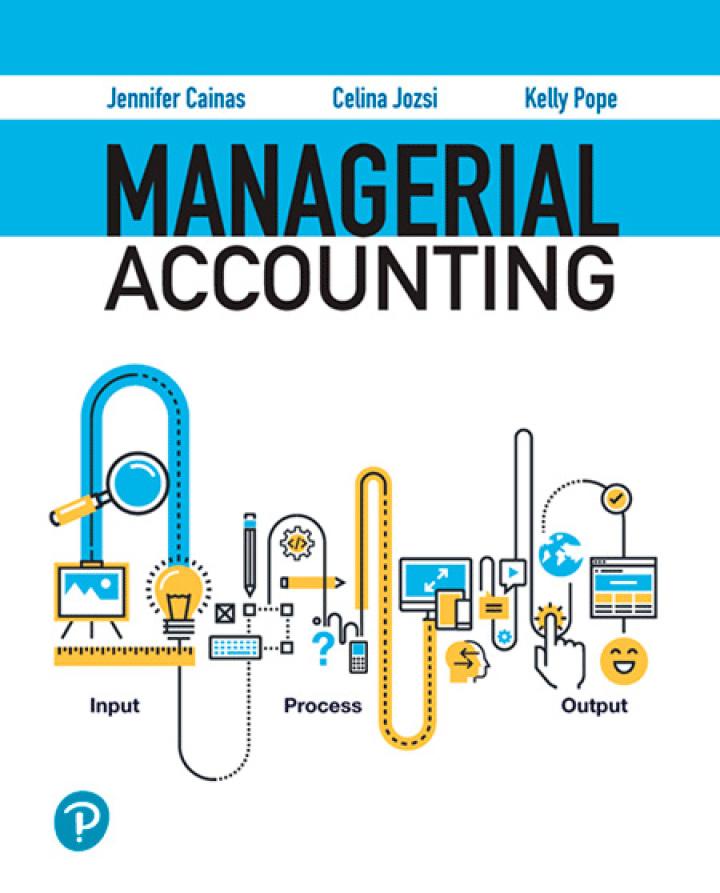True or False: For each of the following statements, identify whether the statement is true (T) or
Question:
True or False: For each of the following statements, identify whether the statement is true (T) or false (F).
a. The internal rate of return assumes that funds are reinvested at the company’s cost of capital.
b. All projects that have a positive internal rate of return (higher than zero) should be accepted.
c. The payback period and accounting rate of return methods do not consider the time value of money.
d. The following are all considered tangible benefits that can be quantified: lower material costs, lower labor costs, lower overhead costs, higher revenues, less scrap, less rework costs.
e. The accounting rate of return method is more accurate than the internal rate of return method since it does not use the time value of money.
f. Depreciation is subtracted in the calculation of the accounting rate of return because money is set aside for future replacement of assets.
g. Relevant capital budgeting considerations other than the quantitative analysis include management support, operational infrastructure, and the “promise versus reality” of assumptions, including risk.
h. If net present value is positive, then the internal rate of return is higher than the cost of capital.
i. The following may be considered intangible benefits but could possibly be quantified or at least included in a rating of projects: better delivery, higher customer satisfaction, higher quality of service, more product flexibility, increased security of data, ease of familiarity for employees.
j. If two projects have the same net present value but different initial investment requirements, the company should be indifferent between the projects.
k. Capital budgeting is primarily the process of planning for the issuance of capital stock.
l. Relevant information concerning long-term investment opportunities consists of information about the initial investment and the incremental future cash flows. Past data are useful only in assisting with the estimation of future amounts.
m. The term “discounted cash flows,” as used in capital budgeting, refers to taking all the discounts available if payment of merchandise is made early—within the discount period.
n. To find the net present value, you would determine the total present value of the future cash flows and subtract the initial investment.
o. If the net present value is positive, at least the minimum desired rate of return will be earned, and the project is acceptable.
p. If the internal rate of return is greater than the cost of capital, the project is too expensive and should be rejected.
q. The payback period represents the time required to recover the initial investment.
r. Payback is used by some firms because it is simple, it can be used in conjunction with the discounted cash flow methods, and with risky projects, a company may be more interested in the payback period than in total profitability.
s. The accounting rate of return method uses income statement data to estimate the percentage of the project’s time that it will take to recover the initial investment.
t. The payback period and accounting rate of return methods represent non discounted cash flow methods that ignore the time value of money.
u. The steps involved in analyzing capital projects include gathering data within a month, meeting to discuss whether management will support the project, implementing the project, and then conducting a review. At the review stage, net present value is calculated and compared to actual results
v. The longer the life of the investment, the higher the internal rate of return.
Step by Step Answer:

Managerial Accounting
ISBN: 9780137689453
1st Edition
Authors: Jennifer Cainas, Celina J. Jozsi, Kelly Richmond Pope





